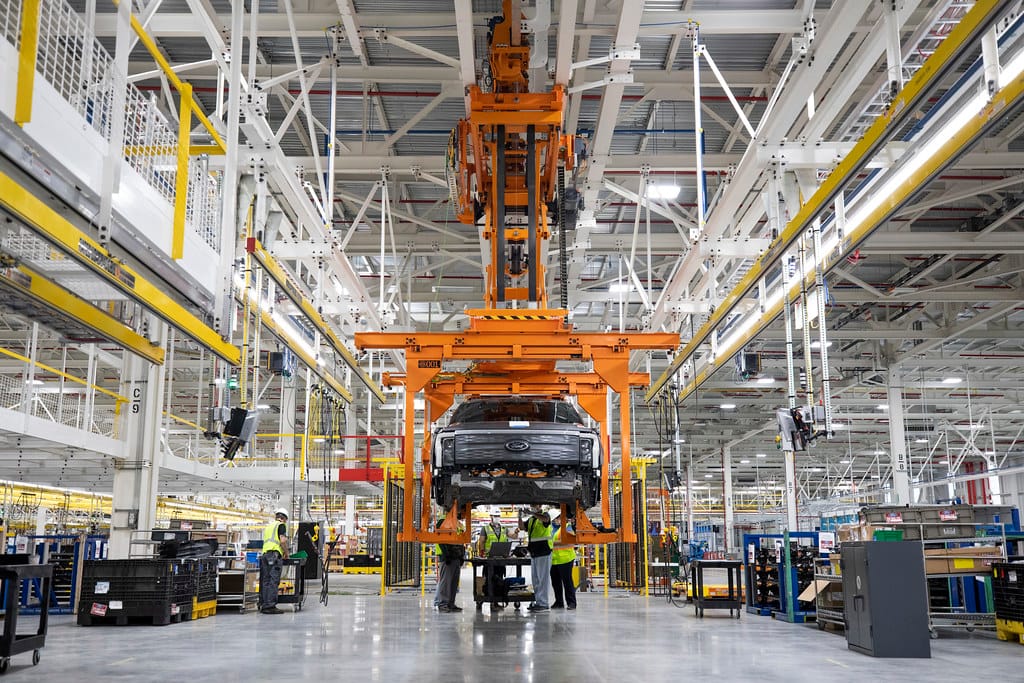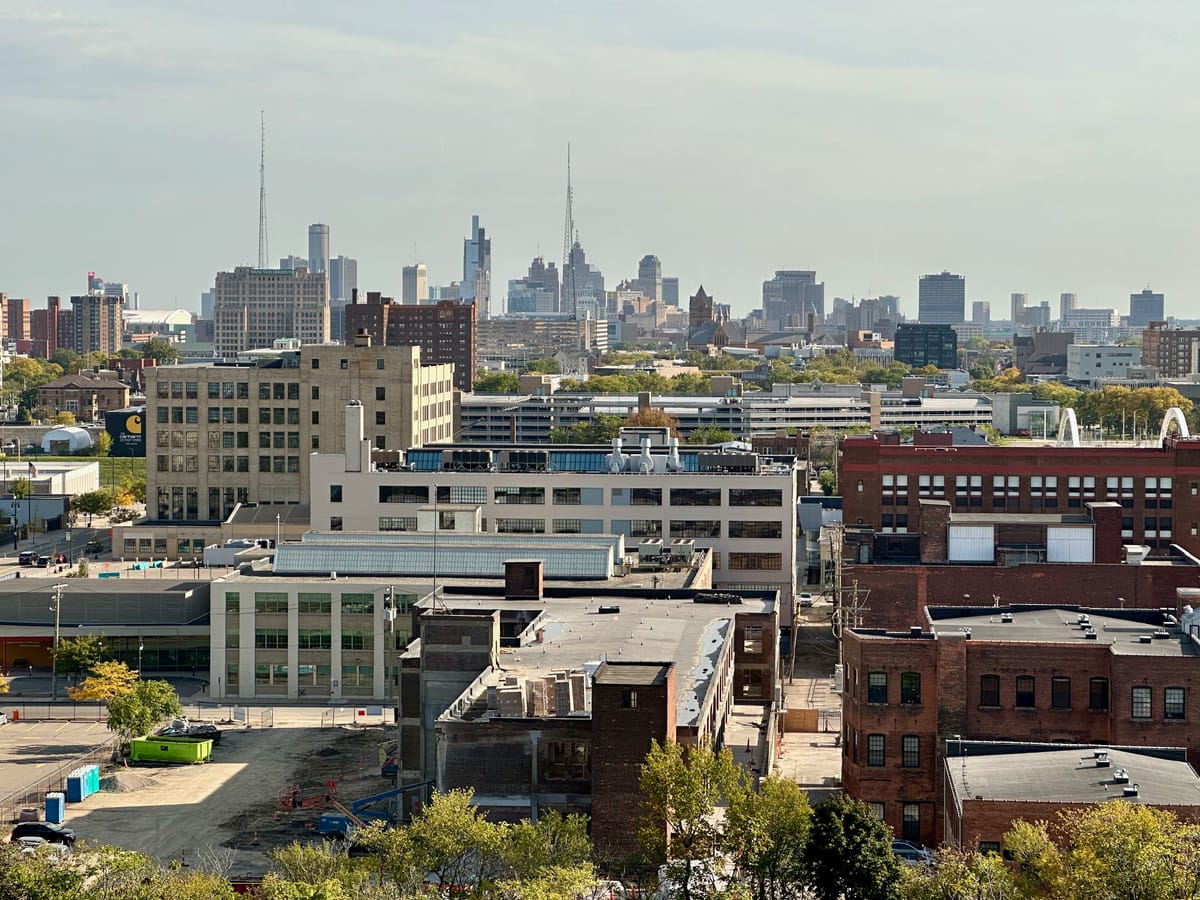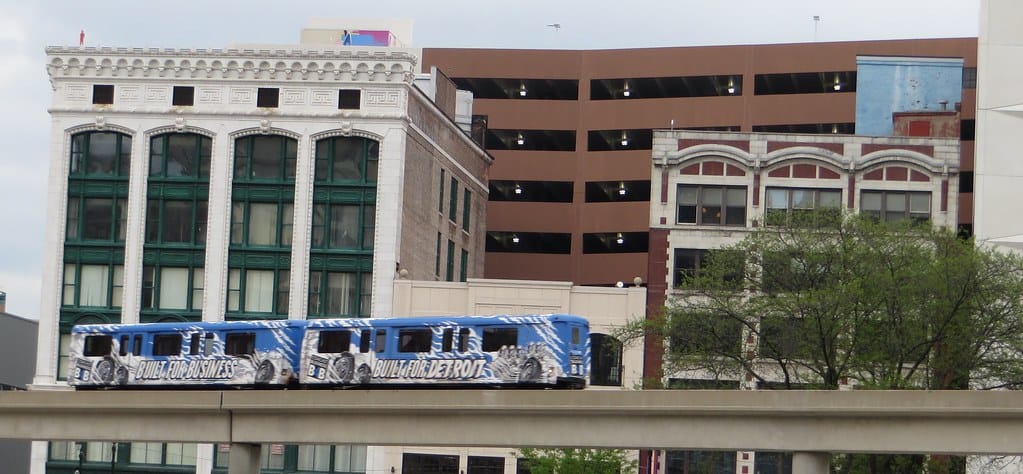At first when you walk up to these relics from a time when Fords rolled out of a plant on Woodward and Highland Park was the model of American success, you might not believe your eyes.
Editor’s Note: There’s an update version of this story on our Daily Detroit podcast available here or in the player below.
You’d be forgiven if you thought it was a subway in the traditional sense with rails and cars when you walk up. Of course, this isn’t the case. The Detroit area has had multiple failed attempts at plans for a proper subway. Here’s one example.
You will find these in Highland Park. It is an enclave city of about 10,000 people, completely surrounded by the city of Detroit with a small section bordering Hamtramck.
These entrances were so fascinating that research was in order. So what were they?
These three underpasses – more in the British use of the word Subway, for a pedestrian tunnel – are left over from a time when the streets were so busy that it was decided it was cheaper and safer to have pedestrians cross under the road.
This was a time before freeways, and so surface streets were the method of getting to and from jobs in downtown Detroit. Second was a direct (and slow speed, by our standards today) route connecting the growing neighborhoods to the heart of the city.
Highland Park was a bustling enclave city, at the time full of houses and families.

The first tunnel at Second Boulevard (it was a Boulevard as opposed to an Avenue at the time) and Cortland was built in 1925, according to an old Detroit Free Press article.
Cars hitting the streets of the city en masse was a relatively recent development. Children throughout the city were being killed by traffic accidents. In 1924, 96 children perished in Detroit.
The Cortland underpass was constructed as a cost savings measure, as having an officer at the corner cost $2,000 per year and the planned tunnel cost was $5,000. It was dug out with a steam shovel.
Lawrence Whitsit was the city engineer for Highland Park at the time. Here’s what he told the paper.
“Everything has been done to make the tunnel acceptable to children and to the average pedestrian. We have made the stairs an easy grade, the interior of the tunnel pleasant, and done everything to ensure it’s generous use.”
Here’s a video clip from 1937 that features the tunnel. They were closed with an iron gate late at night for safety.
Even Popular Science had a short highlight of the innovation in 1928, noting how they help auto-shy pedestrians.
Now, the Cortland “subway” appears to be flooded.
The three tunnels all look different. They are all covered by metal at the top now, but the years of wear and prying eyes leave some of them partially open.
The ones we were able to find that still exist beyond Cortland were just down the street at Second and Pilgrim…
…and also on the east side of Woodward at John R. and Candler.
In the city of Detroit there used to be one at Cass and Peterboro in Midtown. That one is gone.

It’s fascinating to see that Detroit’s car-centric culture affected how we approached our neighborhoods so quickly. They’re beautiful parts of a city, Highland Park, that at the time had five times the residents than it does today and are reminders of what it once was.























